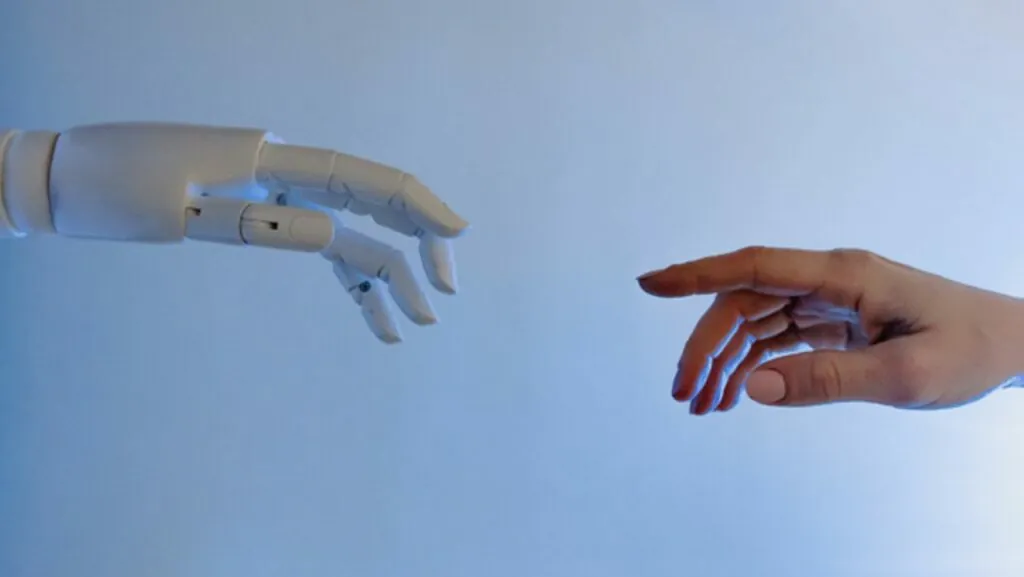In the age of digital learning, students often wonder just how much their teachers can see. With tools like ChatGPT at their fingertips, the line between creativity and a little tech-assisted help can blur. But can teachers really tell when students are getting a little extra help from their AI buddy?
Picture this: you’re typing away, crafting the perfect essay, and ChatGPT is your secret weapon. But what if that clever teacher has a sixth sense for spotting AI-generated content? As students navigate this new landscape, understanding the implications of using AI tools becomes crucial. So let’s dive into the fascinating world of AI in education and uncover whether those watchful eyes can really detect your digital accomplice.
Table of Contents
ToggleUnderstanding ChatGPT and Its Use in Education
ChatGPT represents a significant advancement in AI technology, especially in education. It allows for personalized interactions, helping students by generating text and providing information.
What Is ChatGPT?
ChatGPT is an AI language model developed by OpenAI. It can craft human-like responses based on user prompts. Designed for various applications, its primary function includes assisting with writing, answering questions, and generating creative content. Educational institutions leverage this technology for enhancing student engagement and supporting learning processes.
How Do Students Use ChatGPT?
Students utilize ChatGPT in numerous ways. They often seek help with essay writing, brainstorming ideas, or generating summaries. Many use it for understanding complex topics by asking clarifying questions. Some students even rely on ChatGPT for language translation or practice. Such usage increases as digital tools become integral to the learning experience.
Privacy Concerns with ChatGPT
Students often wonder about their privacy while using AI tools like ChatGPT. Understanding these concerns is crucial as reliance on such technology increases.
Can Teachers Access ChatGPT Usage Data?
Educators typically lack direct access to ChatGPT usage data. No built-in monitoring features allow teachers to track individual student interactions. ChatGPT operates as a separate platform, meaning teachers cannot see when and how students use it. However, they can infer usage from the overall quality of work submitted. If drastic improvements appear in writing or idea generation, it may prompt teachers to investigate the assistance students receive.
Limitations of Teachers’ Monitoring Capabilities
Monitoring capabilities for teachers are inherently limited. They primarily assess submitted assignments rather than real-time activities. Without specific tools, teachers face challenges in discerning AI-generated content from student work. Certain analytical methods may help identify patterns, but results can be inconclusive. In classrooms embracing technology, teachers focus more on encouraging creativity and critical thinking rather than policing AI use. Thus, establishing a balance between technology and academic integrity becomes essential for educational environments.
Implications for Students
Students engaging with AI tools like ChatGPT face significant implications regarding academic integrity and ethical considerations. Understanding the importance of originality becomes crucial, as many educational institutions enforce strict policies against plagiarism. Teachers expect students to submit their own work, and reliance on AI can blur the lines between assistance and deception. Using such tools requires a commitment to honesty and transparency in academic endeavors.
Academic Integrity and Ethics
Academic integrity hinges on students’ ability to produce authentic work. Relying heavily on AI-generated content can undermine this principle, leading to questions about authorship and originality. Educators emphasize the importance of developing a personal voice and critical thinking skills. When students choose to utilize AI, they must maintain ethics by clearly attributing sources and distinguishing original ideas from AI assistance. Establishing this balance fosters trust between students and teachers and supports a culture of integrity in educational settings.
Potential Consequences of Misuse
Misusing AI tools can lead to serious consequences for students. Many institutions view reliance on AI for assignments as a violation of academic policies. Students risk disciplinary actions, including failing grades or expulsion, if caught submitting AI-generated work as their own. Beyond academic consequences, there’s a larger impact on personal development. Students missing out on the learning process may struggle with essential skills, such as critical analysis and problem-solving. In today’s educational landscape, understanding the dangers of misuse highlights the need for responsible AI engagement among students.
Strategies for Responsible Use of ChatGPT
Responsible use of ChatGPT enhances learning while maintaining academic integrity. Students should be mindful of how they engage with this AI tool.
Tips for Using ChatGPT Effectively
Maintain a clear goal when using ChatGPT. Define the specific task to ensure focused interaction. Break complex questions into smaller, manageable components, allowing for deeper discussion. Utilize the responses as tools for brainstorming rather than direct content for assignments. Review and refine the AI-generated output, ensuring it aligns with personal understanding and voice. Implement these strategies to maximize the benefits while minimizing the risks.
Open Communication with Teachers
Establishing open communication with teachers fosters a supportive learning environment. Students must share their use of ChatGPT, openly discussing how they incorporate AI into their work. This transparency helps educators understand student needs and encourages healthy collaboration. Ask questions about concerns regarding AI use. Engage teachers in discussions about ethical practices and expectations in assignments. Building trust with educators enhances the learning experience and cultivates responsibility in using modern technologies.
Conclusion
The rise of AI tools like ChatGPT has transformed the educational landscape. While students leverage these technologies for enhanced learning, the challenge remains for teachers to identify AI-generated content. Balancing the benefits of AI assistance with the need for academic integrity is crucial.
Students must navigate the ethical implications of using such tools while developing their own voices and critical thinking skills. Open dialogue with educators about AI usage fosters a responsible learning environment. By understanding the limitations and potential consequences of AI reliance, students can harness these advancements without compromising their academic integrity.





